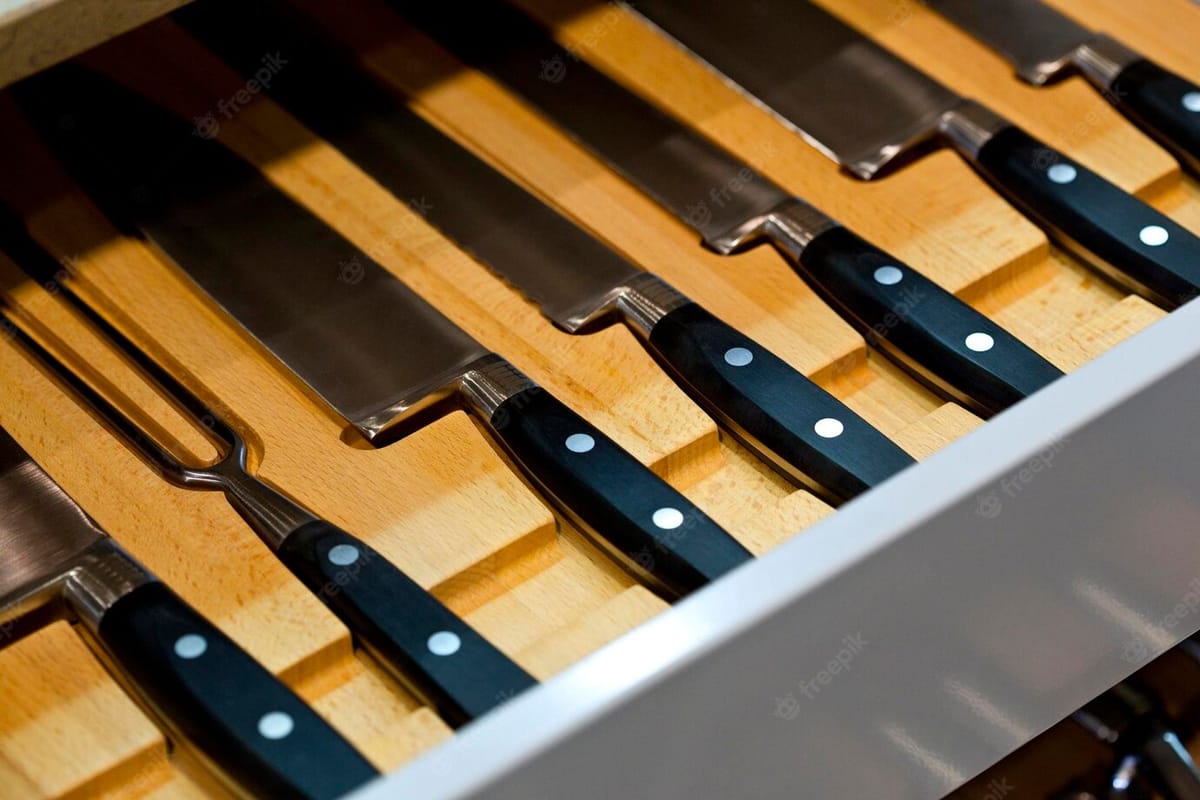Have you ever paused to think about the amount of waste your kitchen produces every day? From plastic wrap to disposable containers, our cooking and eating habits contribute significantly to environmental issues. But there's a silver lining: reusable food storage. This simple switch not only slashes the amount of trash we generate but also steps up our sustainability game. Let's jump into how embracing reusable options can make our kitchens greener and our planet happier.
In This Article
- The Problem with Disposable Food Storage
- Benefits of Reusable Food Storage
- Types of Reusable Food Storage Solutions
- How to Make the Switch to Reusable Food Storage
- Maintaining Your Reusable Food Storage
- Overcoming Challenges and Misconceptions
- Call to Action
The Problem with Disposable Food Storage

Every year, millions of tons of plastic waste find their way into landfills and oceans, with a big chunk coming from our kitchens. Disposable food storage items, like plastic bags and single-use containers, are major culprits. Shockingly, an average family can throw away over 500 zip-top bags annually. This not only clutters our planet with non-biodegradable waste but also poses a threat to marine life and ecosystems. For a staggering statistic, visit National Geographic to learn more about plastic pollution.
Benefits of Reusable Food Storage
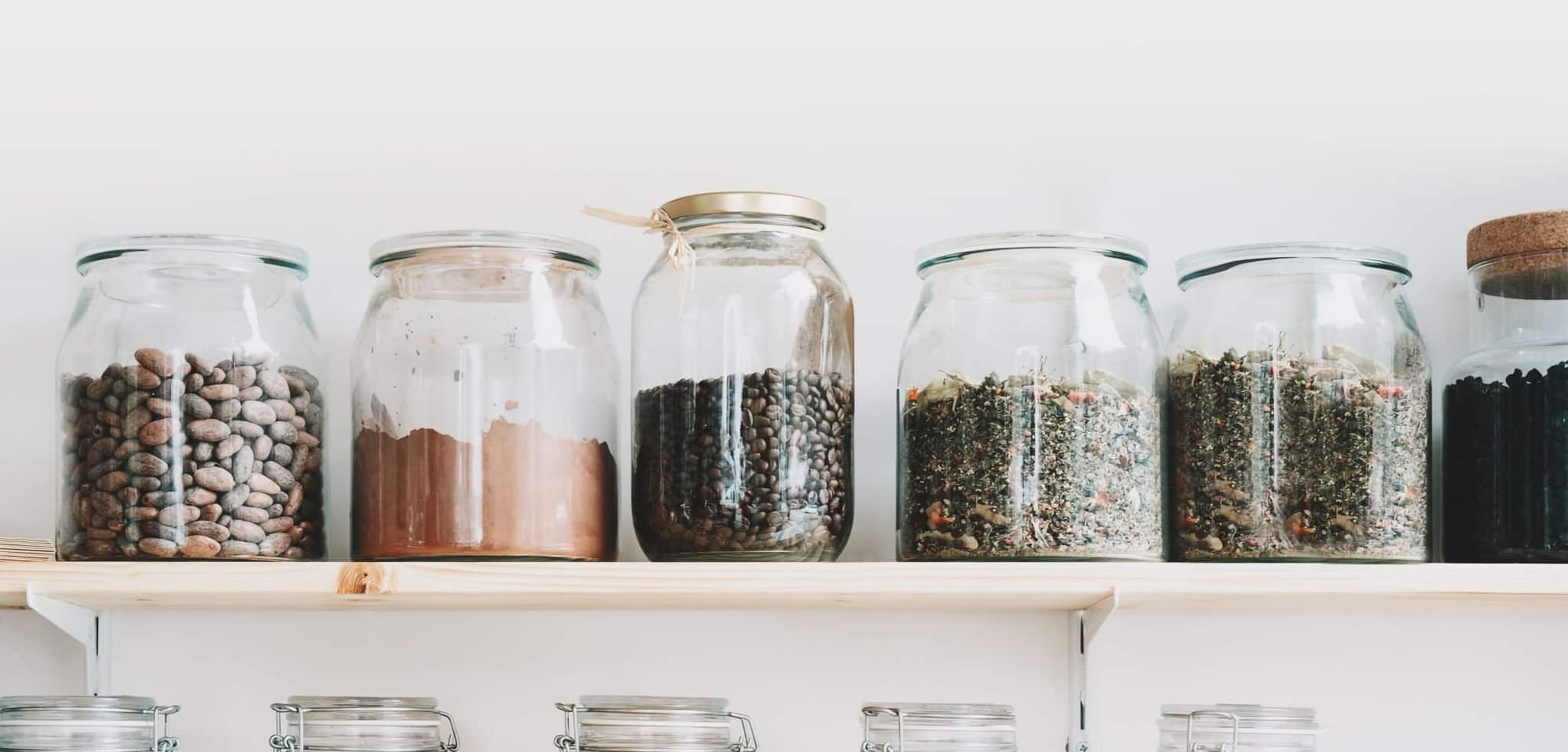
Environmental Impact
Switching to reusable food storage is a powerful move for the planet. By cutting down on single-use plastics, we can significantly reduce landfill waste. Reusable options, made from materials like glass, silicone, or stainless steel, last longer and need replacing less often, thus lowering our carbon footprint. Imagine the difference we can make if every household adopted this change.
Health Benefits
It's not just the planet that benefits; our health does too. Reusable materials like glass and silicone don't leach harmful chemicals into our food, unlike some plastics. This means we can store and heat our meals safely, without worrying about unwanted extras making their way into our food.
Cost Savings
Think reusable options are pricier? Think again. While the initial investment might be higher, these products pay for themselves over time. No more buying rolls of plastic wrap or packs of disposable bags every month. This switch can save a significant amount of money in the long run.
Kitchen Organization
Ever opened your cabinet only to have a landslide of plastic containers come tumbling out? Reusable storage solutions not only cut down on waste but also bring order to your kitchen. With a set of durable, matching containers, organizing your pantry, fridge, and leftovers becomes a breeze. Plus, clear containers mean you can see what's inside, reducing food waste by reminding you of what you have.
Types of Reusable Food Storage Solutions
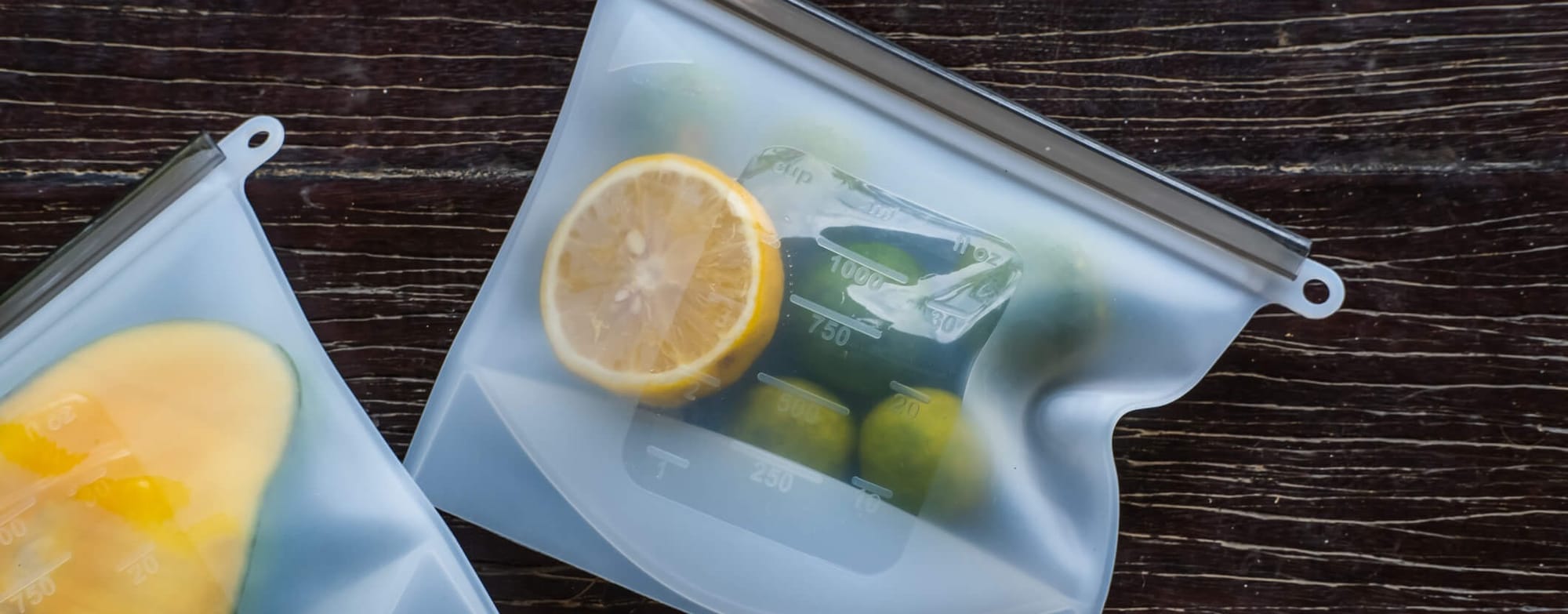
Glass Containers: Glass containers are a staple in eco-friendly kitchens due to their durability and ease of cleaning. They can seamlessly transition from the refrigerator to the freezer and even to the microwave or oven, making them incredibly versatile. Their non-porous nature means they won't absorb food odors or colors, ensuring that your meals remain fresh and uncontaminated. Plus, glass is infinitely recyclable, contributing to a circular economy.
Silicone Bags and Containers: Silicone storage options are celebrated for their incredible flexibility and leak-proof qualities. They are resistant to temperature changes, making them suitable for use in freezers, microwaves, and even boiling water for sous-vide cooking. Silicone bags and containers are a durable alternative to single-use plastics, offering a practical solution for those looking to reduce their environmental footprint.
Beeswax Wraps: Beeswax wraps are made from a combination of cotton fabric, beeswax, and often jojoba oil or tree resin, creating a breathable, natural wrap that can be used in place of plastic cling film. They are particularly good for wrapping cheese, fruits, vegetables, and covering bowls. Beeswax wraps are compostable at the end of their life, making them a zero-waste option for food storage.
Stainless Steel: Known for its durability, stainless steel containers are resistant to odors, stains, and rust. They are an excellent choice for packing lunches or storing pantry items. Stainless steel is also 100% recyclable, making it an environmentally friendly option for those looking to minimize their use of plastic.
How to Make the Switch to Reusable Food Storage

Transitioning to reusable food storage is a straightforward process that can significantly impact reducing kitchen waste. Here are some practical tips to get started:
- Assess Your Needs: Take inventory of your current food storage solutions and identify which disposable items you use most frequently. This will help you prioritize which reusable options to invest in first.
- Start Small: You don't have to overhaul your entire kitchen at once. Begin by replacing one or two items, such as swapping out plastic sandwich bags for silicone ones or using beeswax wraps instead of cling film.
- Research and Invest: Spend some time researching different reusable food storage options to find ones that best fit your lifestyle and needs. Consider the types of foods you store most often and choose materials that suit those needs.
- Educate Yourself and Others: Learn about the benefits of reusable food storage and share your knowledge with friends and family. Encouragement from peers can be a powerful motivator for making sustainable changes.
- Be Patient and Persistent: Adjusting to a new routine takes time. Be patient with yourself as you make these changes and persist through any challenges. Remember, every small step towards sustainability makes a difference.
Maintaining Your Reusable Food Storage
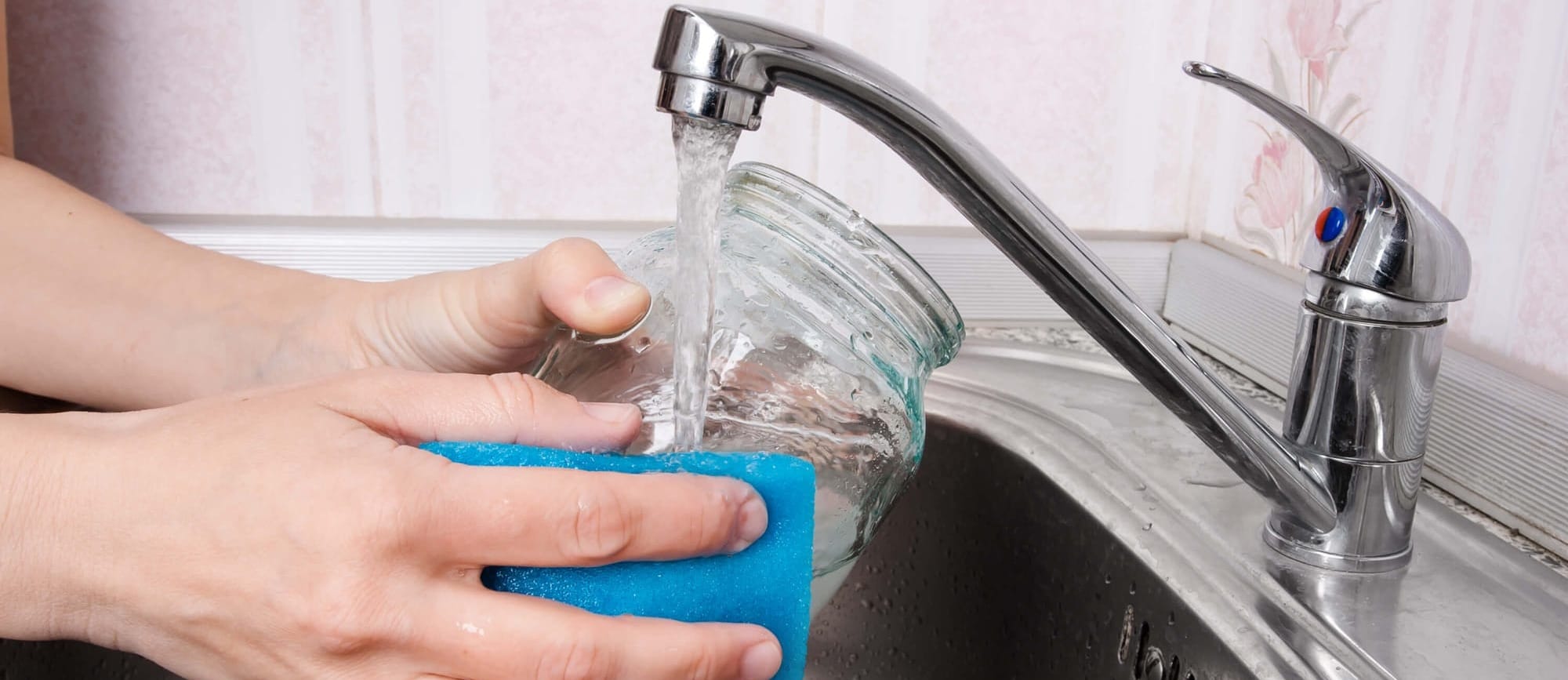
Proper care and maintenance of your reusable food storage solutions are crucial for ensuring their longevity and effectiveness. Here are some tips to keep them in top condition:
- Glass Containers: Most glass containers are dishwasher safe, making them easy to clean. For handwashing, use warm soapy water. To remove stubborn stains or odors, soak them in a mixture of baking soda and vinegar.
- Silicone Bags and Containers: Silicone items can generally be cleaned in the dishwasher. For manual cleaning, use soapy water and a soft brush to reach all the corners. To remove oil residues or odors, baking soda paste can be applied before rinsing.
- Beeswax Wraps: Clean beeswax wraps with cold water and a mild dish soap. Hot water can melt the wax, so it's important to use cool water. Let them air dry completely before storing. Avoid using them with raw meat to prevent contamination.
- Stainless Steel: Stainless steel containers are durable and easy to clean. They can go in the dishwasher, but handwashing with soapy water works well too. Dry them thoroughly to prevent water spots.
Overcoming Challenges and Misconceptions
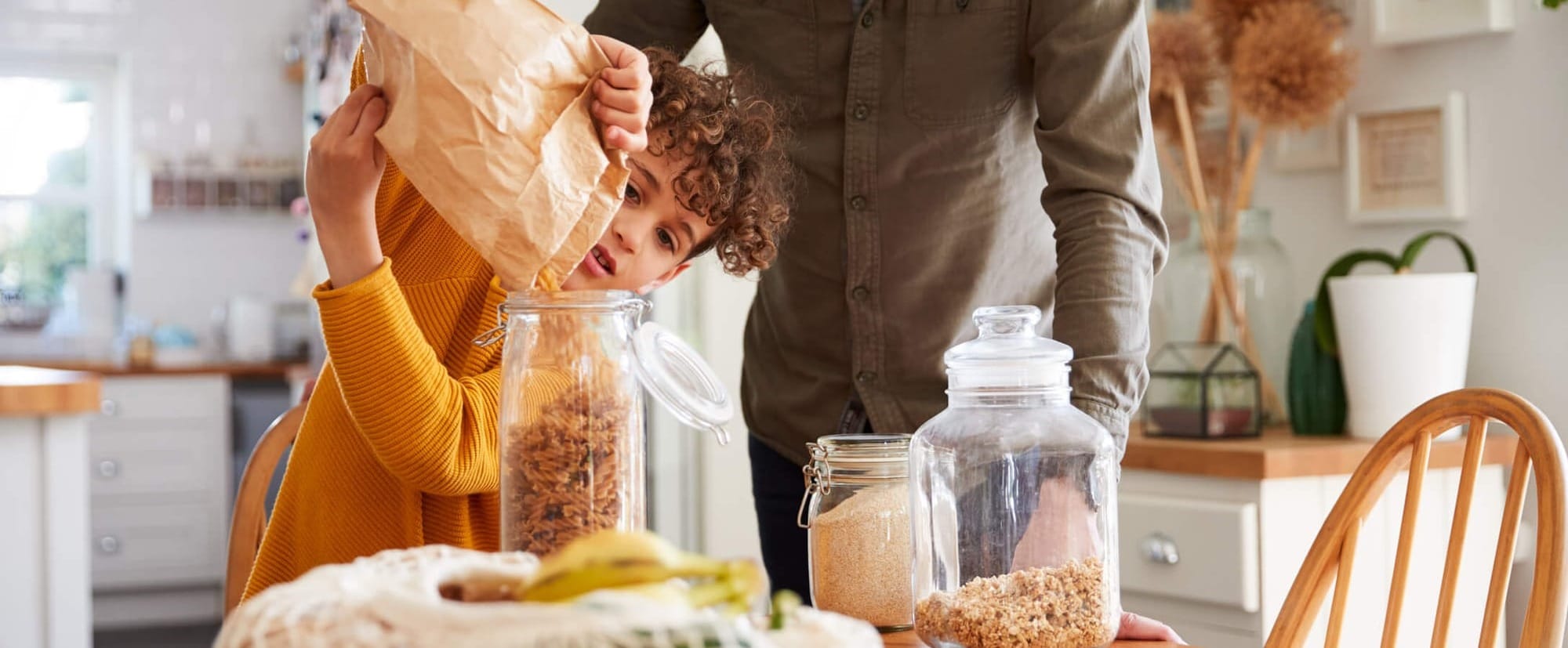
Switching to reusable food storage solutions comes with its set of challenges and misconceptions. Here are some common concerns addressed:
- Initial Cost: While the upfront cost of reusable options may be higher than disposable alternatives, they are more cost-effective in the long run due to their durability and reusability.
- Convenience: Many believe that reusable options are less convenient. However, with a wide variety of user-friendly designs available, incorporating them into your routine is easier than ever.
- Availability: Reusable food storage solutions are increasingly available in mainstream stores and online, making them accessible to a wide audience.
- Myths: Some people worry that reusable options are hard to clean or maintain, but with proper care, they can be just as easy to use as their disposable counterparts.
Call to Action
Making the switch to reusable food storage is a meaningful step towards a more sustainable kitchen and planet. Assess your current kitchen practices and consider how integrating reusable options can reduce waste and environmental impact. We invite you to share your experiences and tips with the community. Whether you're a seasoned eco-warrior or just starting your journey, your insights can help others make the transition to a more sustainable lifestyle. Together, we can make a difference, one reusable container at a time.
